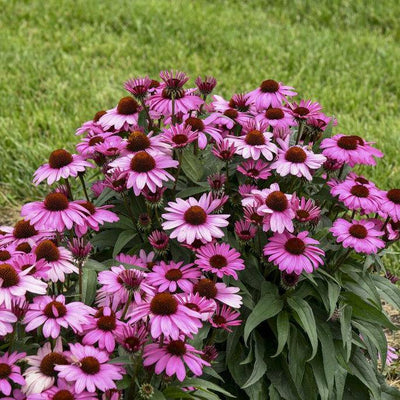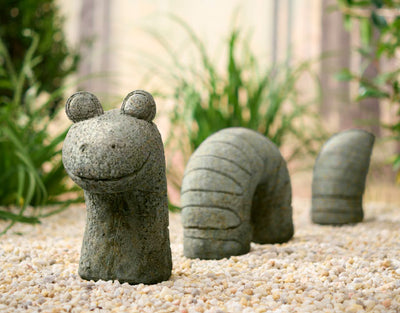Bloomerang Purpink® Reblooming Lilac | Proven Winners®
Proven Winners is constantly working to refine and improve their offerings for the North American garden and to the nursery industry in using the best in new plant and production materials.

Features
Characteristics
Plant Needs
Bloomerang Purpink® Reblooming Lilac
Syringa x pubescens
Get ready to debate! Are the flowers on Bloomerang Purpink® a lovely shade purple or are they pale pink? We couldn’t decide, so we combined them in the name to let you decide. The real conversation starts when you see just how many blooms it puts out in the spring and again later on in the summer. It’s one of the most prolific rebloomers in our series, which is saying something! It belongs in a highly visible spot in your garden, like near a front door or by your driveway.
Why grow Bloomerang Purpink® lilac?
- Unique coloring starts conversations and encourages multiple visits to the garden
- Incredible continuous bloom and rebloom
- Reliable disease resistance
- Fragrant
- Attracts: Bees, Butterflies
- Resists: Deer
Characteristics
Plant Needs
Bloomerang Purpink® Reblooming Lilac
Syringa x pubescens
Get ready to debate! Are the flowers on Bloomerang Purpink® a lovely shade purple or are they pale pink? We couldn’t decide, so we combined them in the name to let you decide. The real conversation starts when you see just how many blooms it puts out in the spring and again later on in the summer. It’s one of the most prolific rebloomers in our series, which is saying something! It belongs in a highly visible spot in your garden, like near a front door or by your driveway.
Why grow Bloomerang Purpink® lilac?
- Unique coloring starts conversations and encourages multiple visits to the garden
- Incredible continuous bloom and rebloom
- Reliable disease resistance
- Fragrant
- Attracts: Bees, Butterflies
- Resists: Deer















